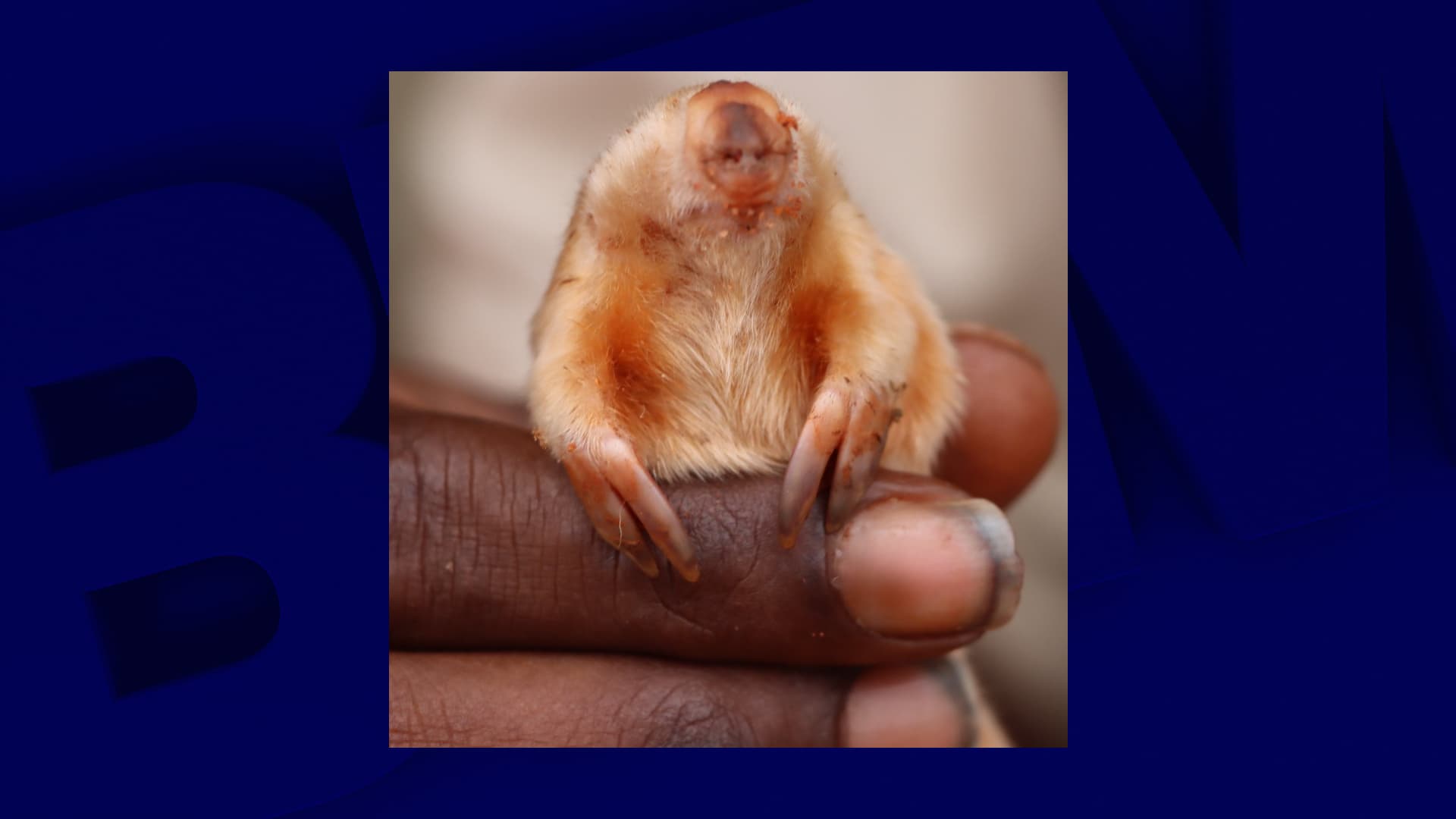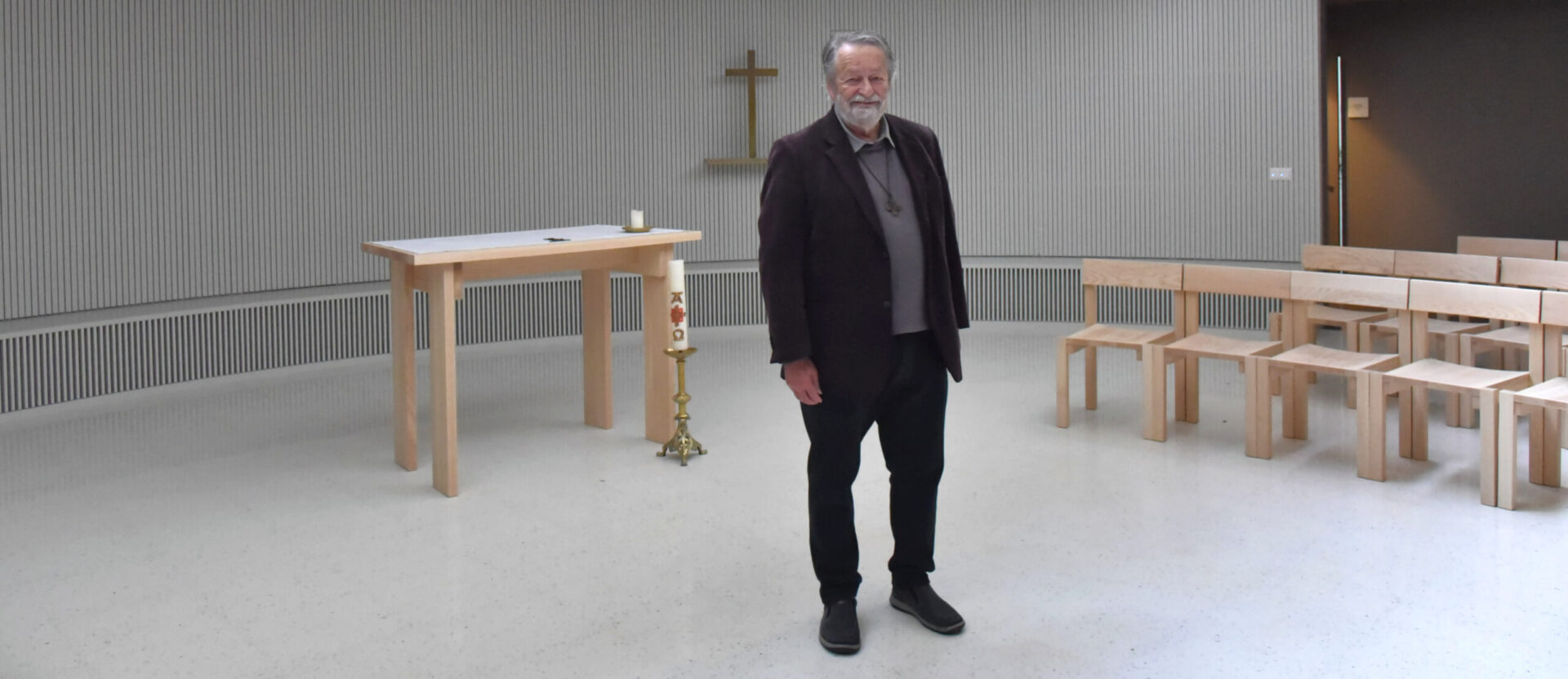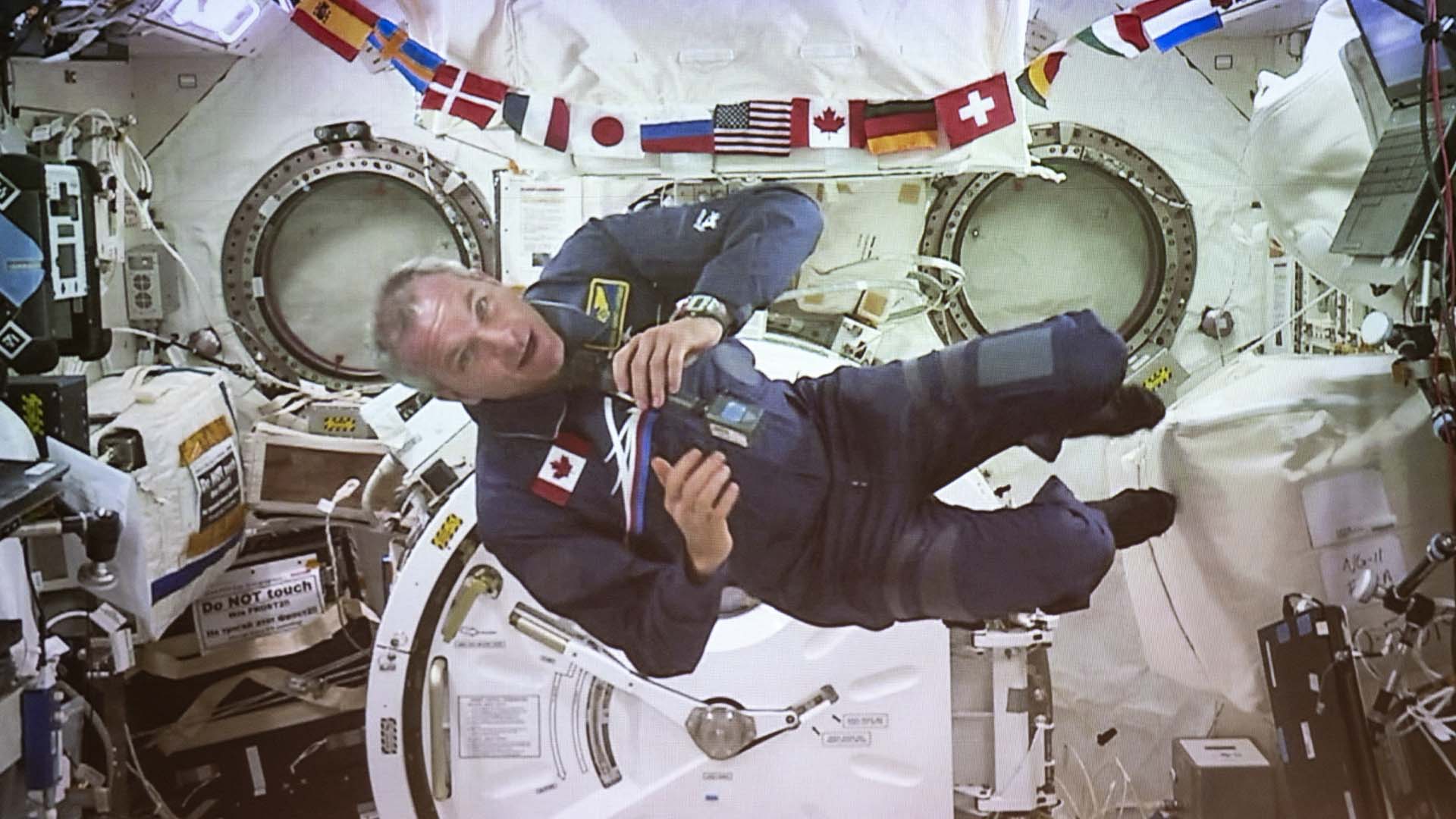The Belgian researchers’ goal was to expand the available information about the changes that astronauts’ brains go through in weightlessness. Since it is easier to recruit fighter pilots than astronauts, they subjected ten F-16 pilots from the Belgian Air Force to MRI scans and compared the results to those of civilians.
“There are many astronauts who are fighter pilots and many astronauts who are not combat pilots, so it’s very interesting to see the differences between the two,” Chief Scientist Perry Johnson Green commented. Physics and Life Sciences, Canadian Space Agency.
In addition to increased connectivity in the region of the brain responsible for processing sensory information (that is, the brain processes responsible for motor responses in the central nervous system), researchers at the University of Antwerp found greater connectivity in the frontal regions of the brain that are presumably involved in the complex cognitive tasks required to experience a sophisticated device. .
Also read:
Greater connectivity was also measured in brain regions that process visual and vestibular information – those related to movement, head position and spatial orientation.
“The role of visual versus vestibular information (in space) is not well understood,” said Johnson-Green. So it’s very relevant.”
He added that the Canadian Space Agency and the University of Calgary are currently collaborating on a study to try to better understand how astronauts orient themselves aboard the International Space Station, but results are not yet available.
Belgian researchers noted differences not only between pilots and civilians, but also between highly experienced pilots and less experienced pilots. This could mean that connectivity to certain areas of the brain develops as pilots gain experience.
Previous studies revealed that astronauts’ brains undergo changes not only during their stay in space, but during their training, a phenomenon called neuroplasticity.
For example, a study published last year in boundaries in neural circuits By the same team demonstrated microscopic changes in the white matter in the astronauts’ brains, which is responsible not only for connections within the brain, but also for connections between the brain and the rest of the body.
Long term changes?
Another study published last May in Pages Scientific reports, revealed an increase in the volume of the spaces in which cerebrospinal fluid circulates in the brain, but only in astronauts who returned from their first stay in space. This volume remained stable (or decreased slightly) in experienced astronauts.
These vacuoles are part of a system whose role is to empty proteins that may build up in the brain. On Earth, their enlargement has been linked to the development of neurodegenerative disorders such as Alzheimer’s disease.
Finally, in 2016, researchers published a study that revealed that gray matter volume increases or decreases in different regions of the astronauts’ brains. These changes were proportional to the duration of stay in space.
The same Belgian researchers who signed the new study show that some changes remain measurable several months after the astronauts return to Earth.
A better understanding of all these changes is critical at a time when humanity is considering a permanent base on the Moon and long-distance space missions to Mars.
“We know there are risks associated with astronauts being isolated during these missions, which will be very long,” said Mr. Johnson-Green. There are a lot of risks we don’t yet fully understand about brain performance and astronaut behavior in this context, for performance, but also for mental health.
He recalls that the intense radiation present in space can also interfere with astronauts’ performance by affecting their cells.
The results of this study, which could also lead to the development of better training for pilots and astronauts, are published in the medical journal Frontiers in Physiology.

“Music guru. Incurable web practitioner. Thinker. Lifelong zombie junkie. Tv buff. Typical organizer. Evil beer scholar.”







More Stories
Maurice Zundel Space, a haven for “meaning seekers” – Swiss Catholic Portal
Taste the first Canadian pizza to go into space
The Air and Space Forces want a “modular” plane to replace the Alphajet